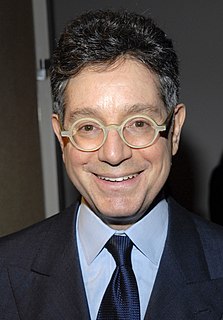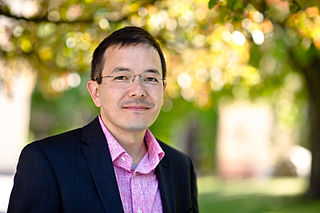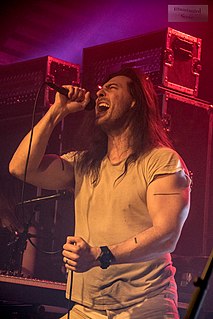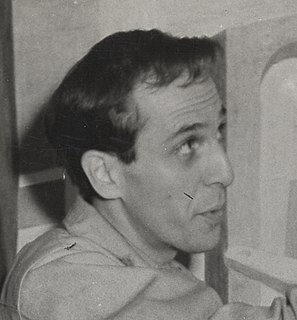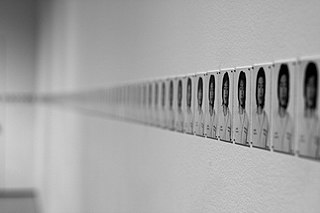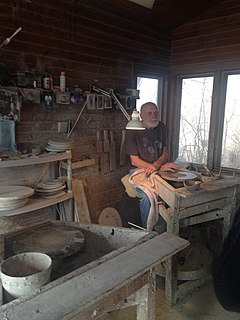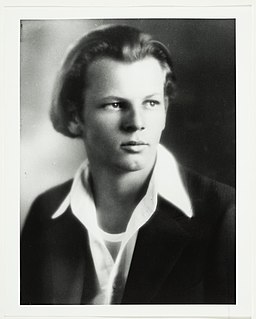A Quote by Jeffrey Deitch
I started getting really curious about art. I read about the Dadaists and the Futurists and the Constructivists - those kind of movements which were reflecting the angst of the people of their times. Their work was trying to lead a movement. I began thinking about what was happening, with painting on the streets and painting on the trains as being similar but also coming from a real, pure space. It wasn't being created by academies. It was a spontaneous combustion of ideas that just happened.
Quote Topics
Related Quotes
When I can see someone that's posting the way that they're thinking about what's happening in the world right now or even art that they've created, it inspires me to do the same. It makes me turn off my phone and go paint a painting or go hike a mountain or go record a song. Those are the kind of things that social media helps me do. But it also can make me sit in my room and not do anything.
All that stuff about flatness - it's this idea that painting is a specialized discipline and that modernist painting increasingly refers to painting and is refining the laws of painting. But who cares about painting? What we care about is that the planet is heating up, species are disappearing, there's war, and there are beautiful girls here in Brooklyn on the avenue and there's food and flowers.
In fine arts, when you make a painting, it's just a painting. But if you make a painting in the entertainment industry, it can be an album cover or a t-shirt or a logo. I like that entertainment has this usefulness - that it's ultimately trying to make a bunch of people feel something, and to think about life and be able to use things that were so simple and direct but potentially have a really powerful effect.
For those actors and directors who produce films which are always about the old kingdom or about heroes, you know about the fantasies related to the classics, but there is no real discussion about today's life and no discussion of the real conditions - which is really sickening. They've become part of a conspiracy, collaborators of the crime, which is lying to the general public and trying to hide the kind of criminal acts happening in many cases.
Then you learn about composition, you learn about old masters, you form certain ideas about structure. But the inhuman activity of trying to make some kind of jump or leap, where , the painting is always saying, 'What do you want from me? I can only be a painting.' You have to go from part to part, but you shouldn't see yourself go from part to part, that's the whole point.
I come from a painting background, and although my painting is completely different from my performances, there is something about the fundamentals of that training that transfers over to this idea of an exercise and being diligent about mapping something out in advance - even if it is just being aesthetically diligent.
My work is not so overtly about movement. My horses' gestures are really quite quiet, because real horses move so much better than I could pretend to make things move. For the pieces I make, the gesture is really more within the body, it's like an internalized gesture, which is more about the content, the state of mind or of being at a given instant. And so it's more like a painting...the gesture and the movement is all pretty much contained within the body.
There are absences, but there are also presences. It's about how painting can evolve its own abstractions. I didn't know the painting was going to be about that, but it has to have that journey; I have to learn something, I have to end up somewhere I didn't expect to be, otherwise, I don't think it's painting.
It was a figure painting class, where you had a model, and [Robert von Neumann ] would wander around and he'd come up behind someone and say, "Well, what are you trying to do?" And if you told him what you were trying to do, he would then proceed to discuss this with you and suggest things that you might look at and ways in which you could improve what you were attempting to do, etc - never worked on your painting, never touched your painting but talked extensively about what you were trying to do.
When I am in a painting, I'm not aware of what I'm doing. It is only after a sort of 'get acquainted' period that I see what I have been about. I have no fears about making changes, destroying the image, etc, because the painting has a life of its own. I try to let it come through. It is only when I lose contact with the painting that the result is a mess. Otherwise there is pure harmony, an easy give and take, and the painting comes out well.
